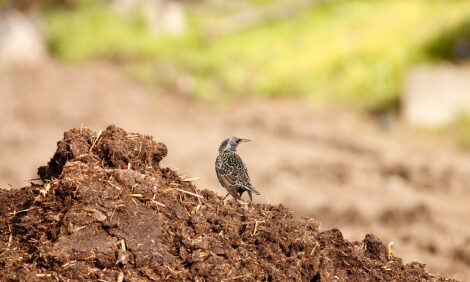



Bird Flu Preparedness Taken to Grassroots in Laos
LAOS - In the People's Democratic Republic of Lao, the Food and Agriculture Organization of the United Nations (FAO) is working to ensure that the grassroots - the people on the front line - are prepared to respond rapidly in the case of outbreak.A major thrust in the fight to combat avian flu is to help prepare the people on the front line to be able to respond quickly and effectively when an outbreak occurs. The front line is almost always at local level, and the protagonists are inevitably poultry farmers and their communities, as well as local, district and provincial animal health workers.
The People's Democratic Republic of Lao (Lao PDR) has been spared the level of highly pathogenic avian influenza (HPAI) outbreaks that have hit many other countries, but it has had its share of trouble - the most recent outbreak was earlier this year and there have even been two human deaths from avian flu-related causes. So it is taking no chances.
There are many ways to approach HPAI preparedness, but FAO has found from experiences in a number of countries elsewhere in Asia, in Africa and in Central and Eastern Europe that simulation exercises are among the most effective. The methodology is simple - 'arrange' a mock outbreak and ask the various people who would be involved in facing up to a real outbreak to act out how they would respond.
FAO completed its second simulation exercise at the end of June in Namo district, in the north-western province of Oudomxay, following a first exercise last year in the province of Luang Prabang, also in the country's north-west.
The Namo exercise was organized together with the country's National Animal Health Centre (NAHC) in the framework of a German government-funded FAO project to build grassroots avian flu response capacity.
The four-day exercise involved more than 60 participants from all districts of Oudomxay and the neighbouring province of Phongsaly, drawn from a wide spectrum of provincial and district offices including agriculture and forestry, health, police, and information and culture, and from the Lao Women's Union, NAHC and, most importantly, village authorities and village veterinary workers.
Besides testing preparedness and capacity to respond rapidly to an avian influenza outbreak, the exercise was also designed to improve the understanding of the different groups involved and forge coordination among them.
In the words of Dr Ricarda Mondry, Chief Technical Advisor of FAO's avian influenza programme in Lao PDR, the simulation exercise "provides an opportunity to take part in disease investigation and surveillance, culling, disposal and decontamination, movement control, communication and, last but not least, management and logistics."
"This kind of exercise requests intense coordination between the different authorities, sectors and specialized staff and gives them concrete preparation in case of an avian influenza outbreak occurrence."
"At the end of this outbreak simulation exercise, the district and the province livestock officers will be able to implement the necessary disease control measures for an avian influenza outbreak in their province," explained Dr Bounlom Douangneugn, National Project Coordinator and Director of the NAHC.
"This exercise has certainly strengthened their capacities. We are planning to carry out similar exercise in other provinces which have not encountered an avian influenza outbreak, in order to get the staff prepared," he added.
Last year's exercise in Luang Prabang province was organized in the framework of another FAO project to provide immediate technical assistance for consolidating and expanding emergency preparedness to prevent, detect and combat avian flu, funded by the US Agency for International Development (USAID).
Besides simulation exercises, FAO is also working closely with the Lao Ministry of Agriculture and Forestry on other initiatives to prevent and control avian flu, including community awareness programmes and training activities for village veterinary workers.








